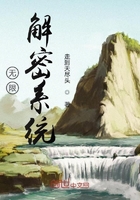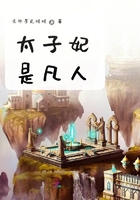The invertebrates are arranged in six great subdivisions. Let us examine them one by one, commencing with the soft-bodied animals. These have a soft, fleshy body, sometimes naked and defenseless, like the slug; sometimes covered with a protecting shell, which thecreature manufactures for itself. Indeed the shell is really part of the animal; the animal cannot leave it; it is not a mere house.
The vast majority of these soft-bodied animalshave their home in the water. They are found in every partof the world, abounding in ponds, lakes, rivers, and seas. Some, such as the cockle, bury themselves in the sand; some bore holes in the soft rocks; others, like the mussel, are found in the shallows near the shore; but by far the greater number make their dwellings in the very depths of the ocean.
The shells which these animals make for themselves are sometimes in one, sometimes in two pieces. The whelk,periwinkle, cowrie, and snail have shells made all in one piece. We call them uni-valves. Mussels, oysters, cockles, and escalops have shells made of two parts. We call these bi-valves.
Slugs and snails, although
originally water animals, have been fitted to live and breatheon land. They breathe through slits in the neck and glide slowly along on a broad, fleshy foot. They live on vegetable food, and the upper jaw is provided with several rows of teeth, which act as a rasp to grind off their food.
Let us next consider the jointed animals. Their bodies are formed of ringed segments, and their limbs are jointed, and in several parts. Insects and spiders belong to this group, which are countless in number. But theclass also includes shrimps, lobsters, crabs, centipedes, and millipedes. The two last may be often seen under old boards, or hidden away beneath dead leaves. Insects have six legs; spiders eight; shrimps, crabs,and lobsters ten. In the insects the segments are easily seen, but the coat of the spider is soft, smooth,and leathery. The body of the insect is in three parts; that of the spideris in two. The next group of invertebrates are the worms. They include the common ear thw orms, seaw orms, l u g w o r m s , l e e c h e s , a n d tapeworms.
Next to these come a small group, of which the starfish may be taken as a sample. First of all, it is badly named; it is not a fish. The group includes seaurchins,seacucumbers, and others, all of them having something of the form of the starfish. Below these is another class, which includes jellyfish, corals, and seaanemones-all inhabitants of the water.
The last and lowest group in the animal life of the world are represented by the sponges. We may call them the first animals.
Lesson 26















